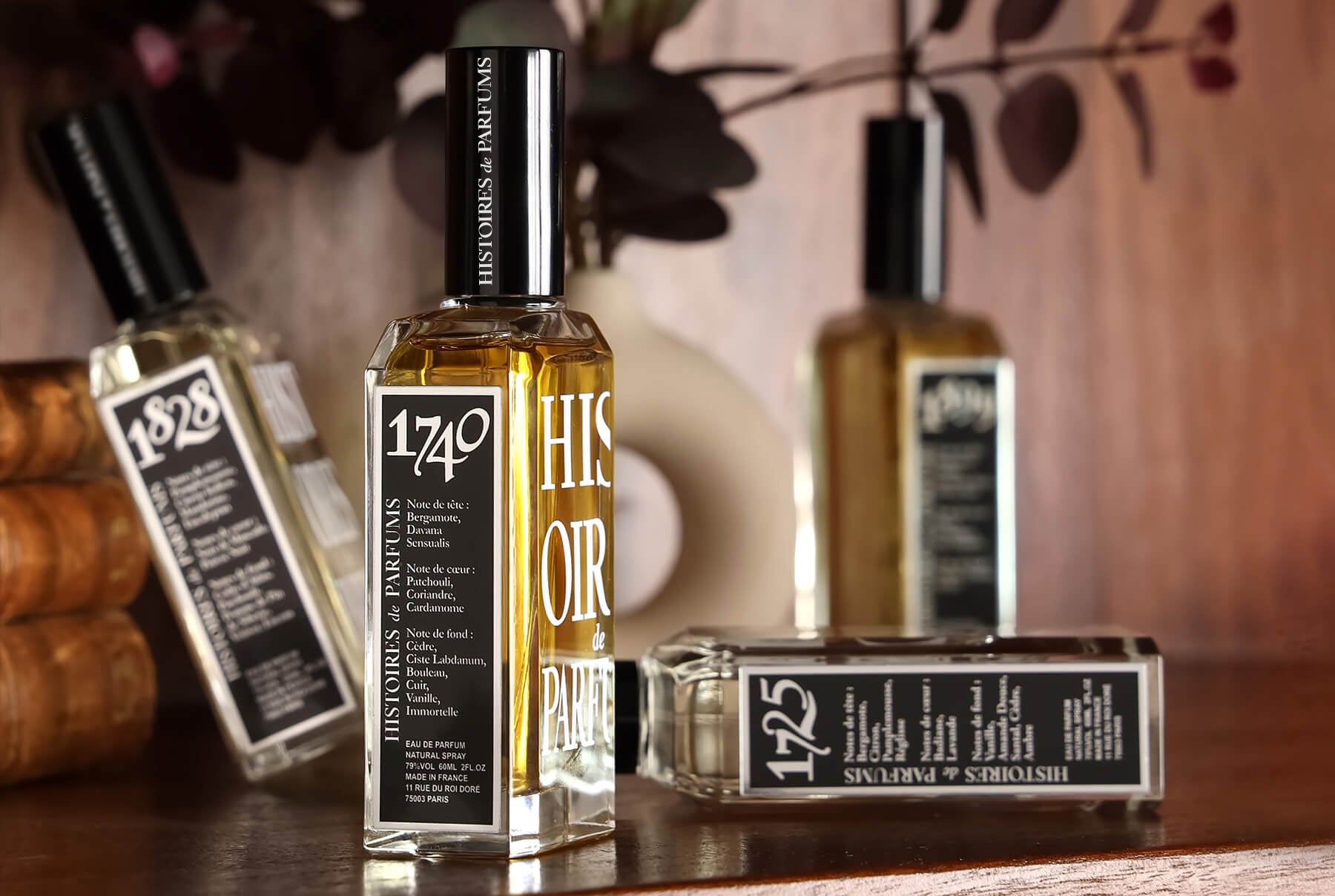
Four-leaf Masculinity
This autumn, as the light fades, we have decided to put the spotlight on our historic Characters collection, starting with our Men’s. Launched in 2000, Histoires de Parfums began by transcribing into scents the literary richness of the works of some of the authors dear to Gérald Ghislain's heart, including Jules Verne, Giacomo Casanova, the Marquis de Sade and Ernest Hemingway.
1725 - Casanova
It is common to confuse the real-life Casanova with the legendary Dom Juan, both of whom enjoyed a reputation, proven or fictional, as heartbreakers. However, this would overlook the sensitivity of Casanova that shines still through the lines of his Memoirs.
An iconoclastic figure in a Venice on the verge of decline, Casanova was a spy, a musician and a magician, and his antics left their mark on the Europe of the Enlightenment.
A tireless adventurer, who made friends with controversial figures of his time and even escaped from the jails of Venice thanks to the intervention of a prisoner-priest, Casanova nevertheless remained an eternal romantic.
This is evidenced by the words of love addressed to all the women he knew, the fascination they exerted on, and the impressions they left on him, so intense that after a life of running and exile, he felt an urge to record them in a lengthy work of literature.
It is this unbridled romanticism that we have chosen as the guiding axis of our 1725.
Built like a fougère, this structure associated with a dandyish, careful and neat masculinity, 1725 nevertheless replaces its characteristic soapy freshness with a stretched-out accord of almond-like dry ferns.
Tonka bean, Vanilla and Almond weave a thread of carnal delicacy, warm without being scorching, comforting without being mawkish thanks to the addition of a heart of bitter Liquorice, giving this downy base a slightly leathery and deeply addictive nuance bordering on a white Tobacco facet.
An image - that of two naked lovers asleep in a field, its flouve and its hay flattened by the light of a spring sun.
1740
Of all French authors, Sade is certainly one of the most divisive. His work, which was banned for a long time, holds a special place in the history of European literature.
Sulphurous, much more so than Casanova, the Marquis de Sade became known for his daring evenings and the libidinous works he wrote in prison, where his anarchic impulses were expressed in scenarios of extreme perversion.
A genius for some, a pervert for others, the Marquis nevertheless reveals in his texts a certain humour-tinged sagacity, which, however deranged, represented the two-faced deviation of the nobles of the Grand Siècle, whose silk and make-up toiletries hid a most stuporous mind.
1740 is the expression of this paradox of a velvet bestiality. Taking up an animality known from the 18e century, it comes off as a “Russian Leather” with its inflections of smoked Birch, its perspiring notes of Cumin and its discreet floralcy which coat, with style and panache, a liquorous accord of Plum and Davana, evoking the spirits that were drank once night had fallen.
In a tension rising to a paroxysm of suavity, classy, ambery balsams rub shoulders with the bodily effluvia of a heart of Immortelle and Tobacco, as silk coats bodies shivering in sighs and sweat.
An image - that of the end of a banquet at Versailles, of glasses of sweet wine spilled on the waxen floor, of bodies making love in the alcoves, sheltered by shadows and drawn curtains.
1828 - Jules Verne
To describe Jules Verne's work as fantastic is a form of pleonasm. Never before had science and epic been so intimately linked. Inspired by the great discoveries of the 19e century and the fast-paced industrial revolution, Jules Verne combined the wonder of travel with the wonder of knowing how the world works.
By taking his characters on a trip Around the world in 80 days, a dive Twenty Thousand Leagues Under the Sea or on a Journey to the Centre of the Earth, Jules Verne created a new fascination with technology, mechanics and natural sciences that would lay the foundations for modern science fiction.
1828 is therefore a call to evade. A fougère too, this one comes in a salty, woody and more racy version than 1725, since it is about great horizons, wild escapes, the leap into the spaces unknown to cartographers.
An avalanche of citrusy freshness, a sea breeze vibrating with the scent of Maritime Pines and Eucalyptus suggesting the Australian coastline, 1828 reasserts itself with cold and crisp Nutmeg and Pepper whose virile vibration underlines the fizzing of Grapefruit and Lemon.
Once the breath of ozonic air has waned, once the dizzying moment of departure has passed, 1828 evokes the serenity of a deck of blond wood. Blades of Atlas Cedarwood conjuring sun-scratched skin, trills of Incense escaping from the shores of Arabia, an earthy grounding of Vetiver from the Bourbon Islands, the warmth of Patchouli announcing the opportune shores of Indonesia – they all draw the itinerary of an olfactory circumambulation.
An image - the upper deck of a ship, its blond woods exuding a scent of heat, the Mediterranean shores behind you and before you, the infinite blue of the ocean already tinged with faraway scents.
1899 - Ernest Hemingway
The Frenchest of American writers, Hemingway is one of the few to be equally revered on both sides of the Atlantic. An inveterate Parisian to the point of naming the bar at the Ritz after him, Hemingway was also known for his liberal drinking.
A great lover of rum, gin and champagne, he even invented the Papa Doble, replacing the dose of sugar with... a double dose of rum. A worthy heir to the opiated poets who made the great hours of French Romanticism, Hemingway is remembered as the embodiment of a right-bank intellectual epicureanism that is the antithesis of the Saint-Germain existentialism that today's authors claim as their own.
1899 emerges as a warm woody fragrance, free of treacly ambers without losing any of its generosity. Juniper and Bergamot echo gin and the mineral bubbles of the glasses of champagne that Hemingway swallowed during his interviews, then give way to a heart of cashmere-like Iris warmed by a voluptuous and sugar-free Orange Blossom, Papa Doble style.
Vanilla and Cinnamon underpin this heart in an old rum effect enhanced by a peaty whisky-like Vetiver, anchoring 1899 in the register of silky tobaccos; of a charming and irresistible sapiosexuality.
An image - Hemingway leaving the Ritzpast midnight, the Place Vendôme covered in silent indigo, his wool and cashmere overcoat exhaling aromas of amber spirits, leather and vanilla-flavoured cigars.


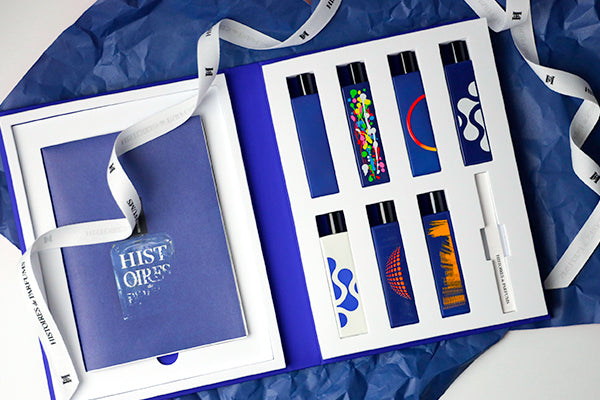
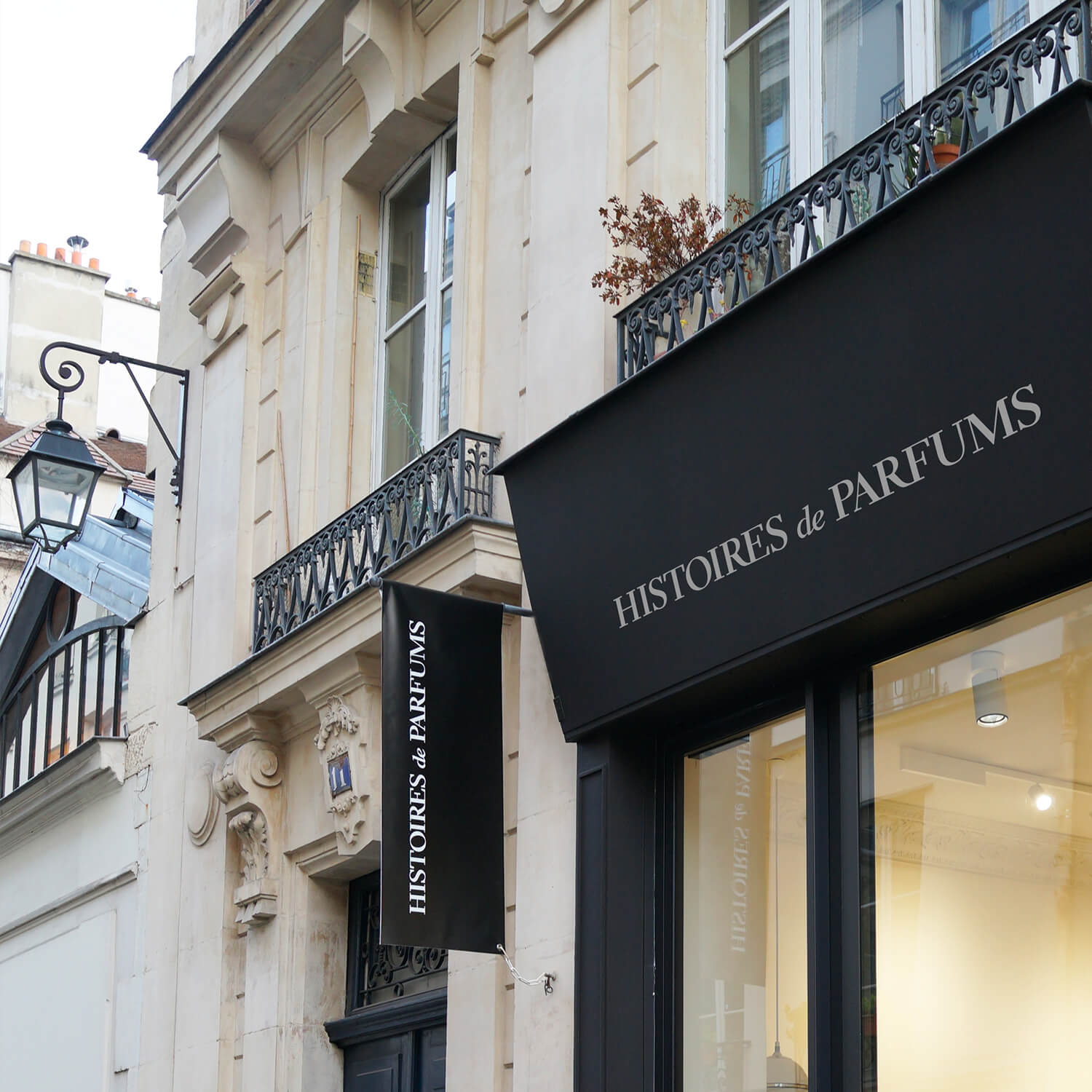
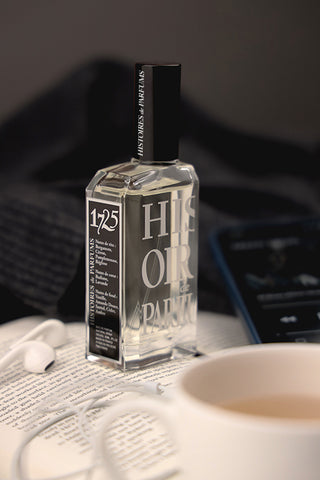



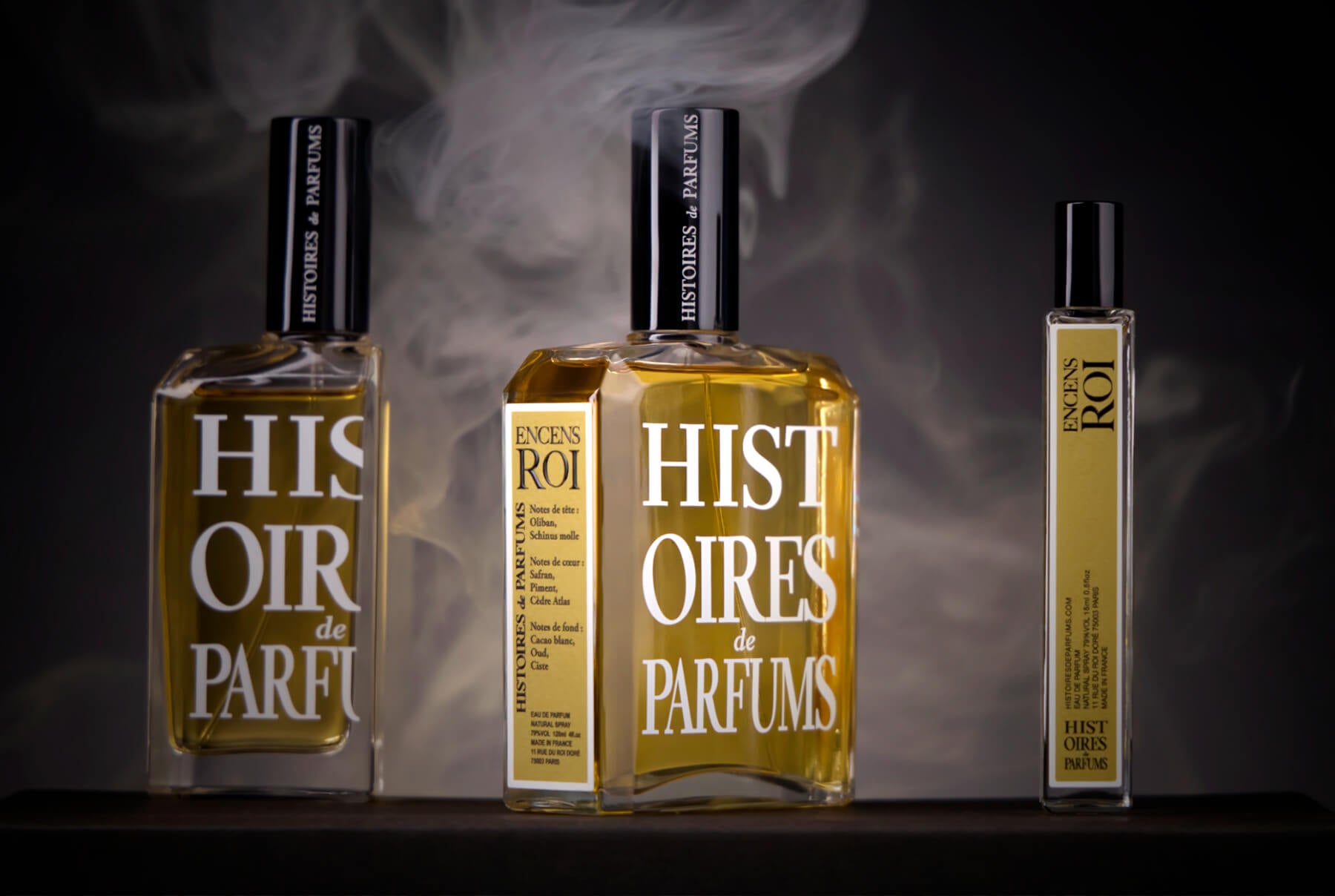
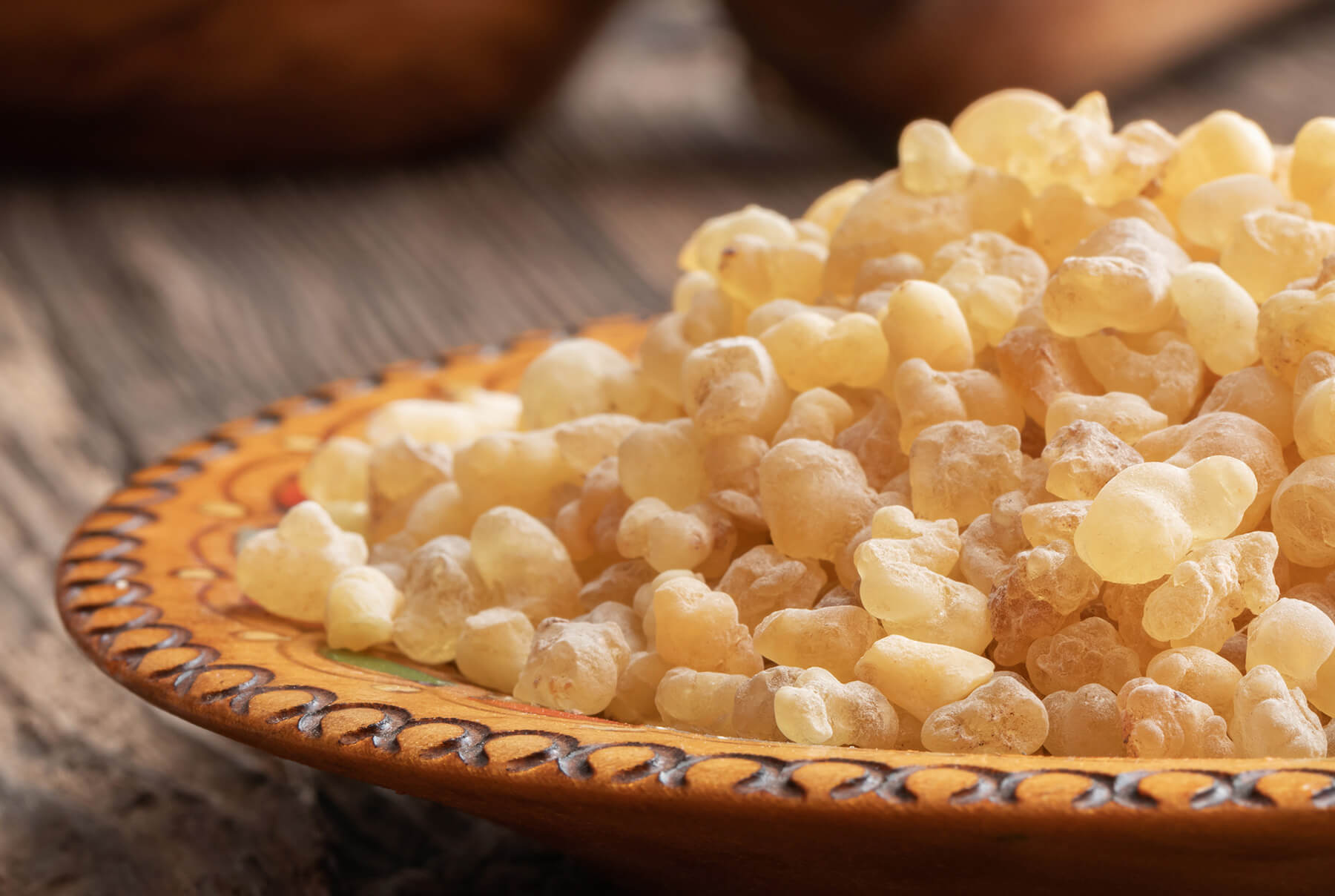


2 comments
cordialement
racois brigitte
cordialement
racois brigitte
Leave a comment
This site is protected by hCaptcha and the hCaptcha Privacy Policy and Terms of Service apply.